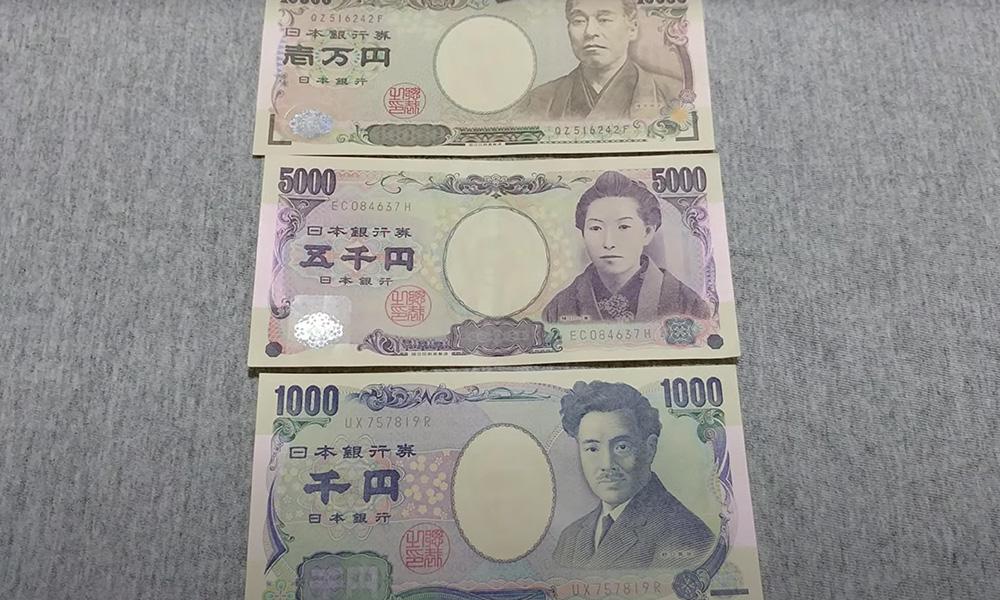USD/JPY peaking? Technical structure suggests a reversal is possible
2025-08-04 17:54:59

Recent U.S. labor market data has been lower than expected, raising expectations for a Fed rate cut. However, several Fed officials continue to send hawkish signals, highlighting the coexistence of inflation stickiness and policy caution. In Japan, although the Bank of Japan has remained on hold, it has raised its inflation expectations and emphasized external uncertainties, causing the market to once again wait and see on its subsequent rate hike process.
Fundamentals
US non-farm payroll growth slowed in July, while the unemployment rate remained stable. Overall, the data was benign, reinforcing market expectations for an interest rate cut this year. However, recent comments from several Federal Reserve officials suggest that the risk of a rebound in inflation remains significant, and the data-dependent monetary policy path remains highly uncertain. Furthermore, President Trump's proposed large-scale tariffs are also subtly supporting the US dollar.
In contrast, the Bank of Japan (BoJ) maintains a conservative stance. While maintaining its policy rate unchanged in its July meeting, Governor Kazuo Ueda emphasized the need to "closely monitor global economic risks" and raised his inflation forecast, hinting at concerns about a continued rebound in prices. Markets are hoping the upcoming meeting minutes will provide further clues on the pace of rate hikes.
The interest rate gap between the United States and Japan is still high, but as U.S. policy expectations shift and Japan gradually releases tightening signals, the exchange rate direction may enter a balancing game before a turning point.
Technical aspects:
Looking at the daily chart, the USD/JPY exchange rate briefly broke through the upper Bollinger Band at 150.914 last Friday before rapidly retreating. The current candlestick body has returned below the upper Bollinger Band, initially showing signs of a false breakout and reflecting significant upward pressure.

The Bollinger Bands have widened again, but the upper band (150.657) has begun to flatten, suggesting that upward momentum is weakening. The middle band (147.005) currently provides the first support level. If it breaks below, we should be wary of the risk of a further pullback to the lower band (143.352).
In terms of MACD indicators, although the fast and slow lines are still running above the zero axis, they have formed a death cross structure, and green columns have begun to appear, indicating that the momentum is weakening; the RSI indicator (52.476) has fallen back from the overbought area and lost the short-term rising trend line, indicating that short-term sentiment has become conservative.
Overall, USD/JPY is under pressure for further volatility and correction in the short term. Traders are paying attention to the gains and losses of the Bollinger middle track support level, as well as the evolution of momentum after the MACD death cross.
Market sentiment observation:
From a sentiment perspective, the market is currently divided over the policy paths of the two major central banks, with traders showing a cautious but healthy risk appetite. On the one hand, the Fed's slightly dovish tone hasn't completely dispelled bets on a rate cut, and the US dollar has remained resilient despite the weak data. On the other hand, the Bank of Japan has signaled a rate hike without specifying a timetable, making it difficult for yen bulls to launch a major offensive.
The rapid decline following a false breakout from the upper Bollinger Band also dampened bullish sentiment, leading the market to remain cautious ahead of any news releases. The divergence between the MACD and RSI indicators exacerbated divergent sentiment, and the combination of technical and fundamental uncertainties kept the exchange rate range-bound.
Overall, market sentiment is currently neutral and lacks consistent expectations, which may be a typical feature of a consolidating market.
Market outlook:
Short-term outlook:
Taking into account that the USD/JPY pair failed to form an effective breakthrough after rising to 150.914, combined with the weakening of technical indicators and the retraction of the Bollinger Bands, it is analyzed that the short-term market is likely to enter a wide range of fluctuations; the key support below is near the middle Bollinger Band 147.005. Once it falls below, it may further test the 145.000 area; the upper resistance levels are at 148.600 and the previous high of 150.914. If the subsequent rebound is blocked, it is necessary to guard against structural adjustments.
Long-term outlook:
From a broader perspective, the misalignment in expectations for US and Japanese monetary policy is gradually narrowing. In the US, analysts believe that if inflation remains under control, the Federal Reserve remains likely to initiate interest rate cuts, limiting the dollar's medium- to long-term upside potential. On the other hand, if Japan gradually normalizes interest rates within the year, this will significantly alter the interest rate differential and support the yen's gradual stabilization.
In addition, the intensification of global trade tensions and the rebound in safe-haven demand may also enhance the yen's resilience. Against this backdrop, the USD/JPY pair may enter a top-building phase in the medium term, with traders closely watching whether key technical resistance is broken through. The 150.914 high may become an important reference for the interim top.
- Risk Warning and Disclaimer
- The market involves risk, and trading may not be suitable for all investors. This article is for reference only and does not constitute personal investment advice, nor does it take into account certain users’ specific investment objectives, financial situation, or other needs. Any investment decisions made based on this information are at your own risk.





















